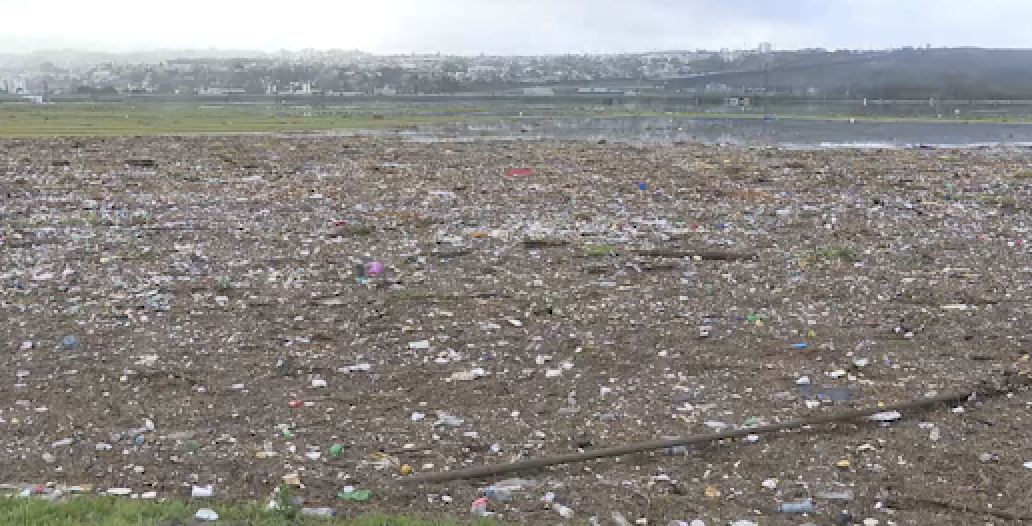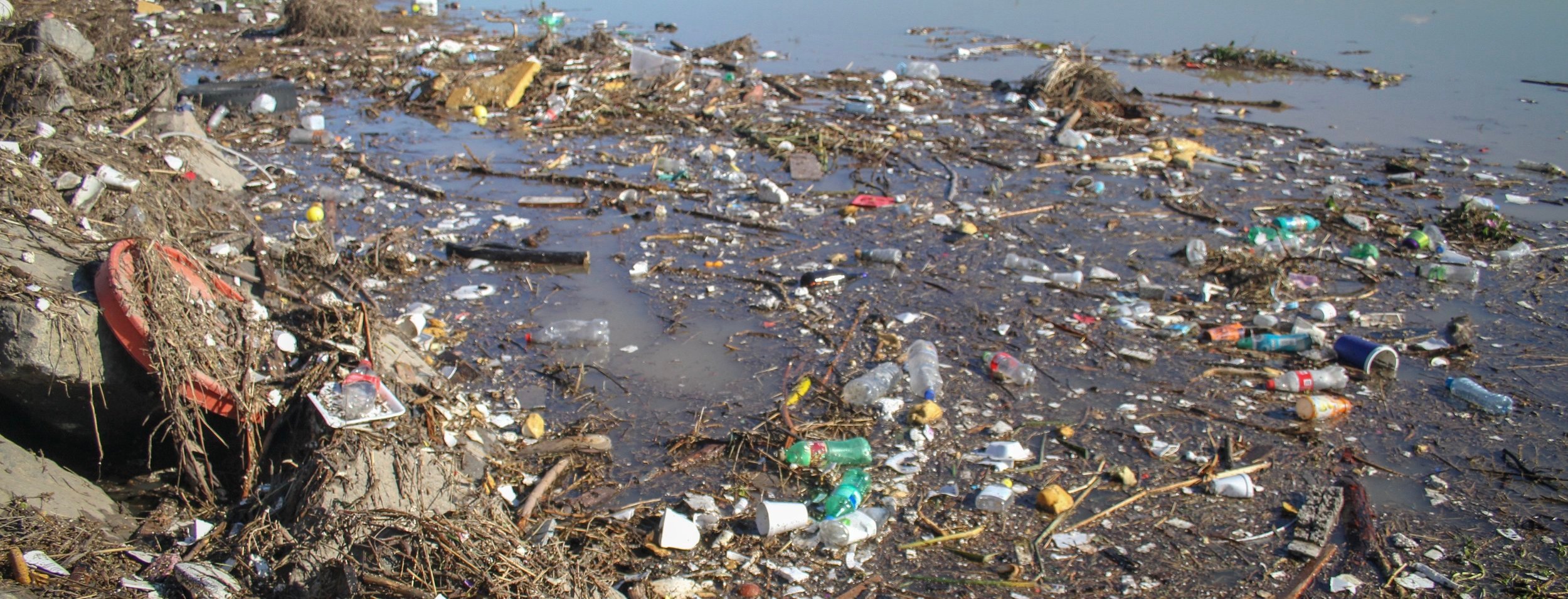For decades, San Diego’s southernmost communities—especially those in the South Bay—have endured a toxic mix of frustration, environmental damage, and that unmistakable, unshakable smell.
But now, after years of empty promises and political finger-pointing, a new agreement between the U.S. and Mexico is offering a glimmer of hope. The cross-border pact aims to address the Tijuana River sewage crisis, one of the longest-running environmental nightmares in our region.
A Brief History of the Stink
Let’s rewind for a second.
The Tijuana River flows north across the U.S.-Mexico border before reaching the Pacific near Imperial Beach. For decades, raw sewage and industrial waste from Tijuana’s overburdened infrastructure have routinely spilled across the border—especially during heavy rains—closing beaches, polluting ecosystems, and making people sick.
In the 1990s, a few treatment facilities were built, but maintenance and funding have been spotty ever since. Every year, residents brace for more beach closures, more warnings from health officials, and more frustration over the lack of real progress.
Locals have called it everything from “disgusting” to “a public health emergency.” And frankly, they’re not wrong.
The New Plan (And Why It Might Actually Matter)
On July 24, 2025, officials from both the U.S. and Mexico signed a new agreement that could mark a turning point.
The announcement, made from Mexico City by EPA Administrator Lee Zeldin, outlined three major commitments:
- Mexico must spend the $93 million it promised years ago as part of a previous deal—money earmarked for sewage treatment upgrades.
- All project timelines will be stress-tested and accelerated where possible. Two major projects have already been bumped up to 2025.
- The two countries will move toward a “100% solution”—a long-term fix designed to finally stop the cross-border contamination.
Zeldin, who visited the Tijuana River in April, didn’t mince words:
“The follow-through needs to be total, it needs to be fast, it needs to be urgent.”

The View from the South Bay
For locals, this is personal.
County Supervisor Paloma Aguirre, just days into her new role, has been laser-focused on the issue. She stressed that without diverting the river and tackling the Saturn Boulevard “hot spot,” this crisis will continue to haunt the region.
“I’ve been hearing empty promises for 20 years,” Aguirre said. “Until we address the main source of pollution, we’re going to be here in the next 20 years.”
She’s already met with county department heads, setting three short-term goals:
- Post warning signs in contaminated areas.
- Expand health data collection for affected communities.
- Conduct a feasibility analysis to fix the Saturn Blvd. drainage hotspot.
Aguirre summed up the sentiment of many in a post-announcement statement:
“Today’s agreement is a sign that our voices have been heard. I hope to see real progress in the next few months—not the next few years.”
Why It Matters for All of San Diego
This isn’t just a South Bay issue.
Contaminated water impacts surf spots in Imperial Beach, wildlife in the Tijuana River estuary, and beach economies across the region. Some days, you can’t even walk near the shoreline without getting hit by the smell—let alone go swimming.
The economic, environmental, and health impacts ripple far beyond the border, affecting tourism, real estate, and quality of life throughout the county.
And yet, the river keeps flowing. And so do the problems—unless this agreement finally breaks the cycle.
A Step in the Right Direction—But Is It Enough?
After years of stalled solutions, lawsuits, and finger-pointing, this new U.S.-Mexico agreement could be the breakthrough everyone’s been waiting for.
But locals have heard this song before.
Until the funding flows, until the infrastructure is built, and until that brown water stops spilling into our ocean, hope will remain cautious. In the words of one local activist, “We’ve seen plans. Now we need to see results.”


